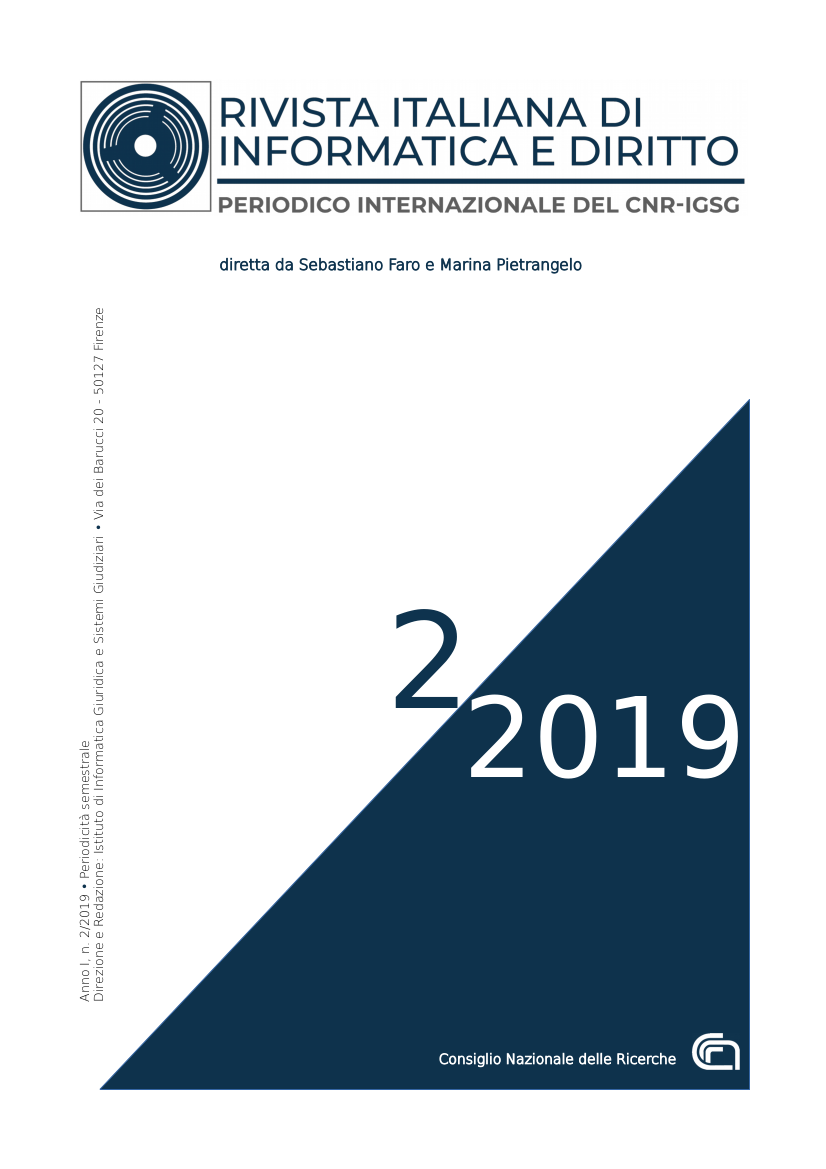Automated Decision Maker: Critical profiles on analysis models and impacts on individual rights
DOI:
https://doi.org/10.32091/RIID0010Keywords:
Automatic processes, Artificial intelligence, Systemic risks, Gaussian distribution, Black swanAbstract
Automatic Decision Algorithms (ADAs) have law and economics implications. ADAs can replace decision makers by creating contracts, through modeling legal transactions and arranging obligations for contractors and third parties. The widespread increase in usage of automatic ADAs generate risks in the sense of sustainability. Statistical models are used to predict the systemic impact of ADAs. The greater the usage of ADAs the greater the risk of systemic crises. Metric models have a crucial role in the prediction of destructive events generated by the large application of ADAs. To solve the question the Gaussian method and the “black swan” method are proposed in a dialectical way. The Gaussian method has a low ability to predict the highly improbable destructive event while the “black swan” method is more prone to appreciate rare events. ADAs nullify the stability of law and economic systems. It is therefore necessary to develop the application of ADAs for bargaining with models of governance that are able either to reduce the risk of destructive adverse events, either to protect contractors and guarantee the sustainability of negotiations.














 rivistariidATigsg.cnr.it
rivistariidATigsg.cnr.it